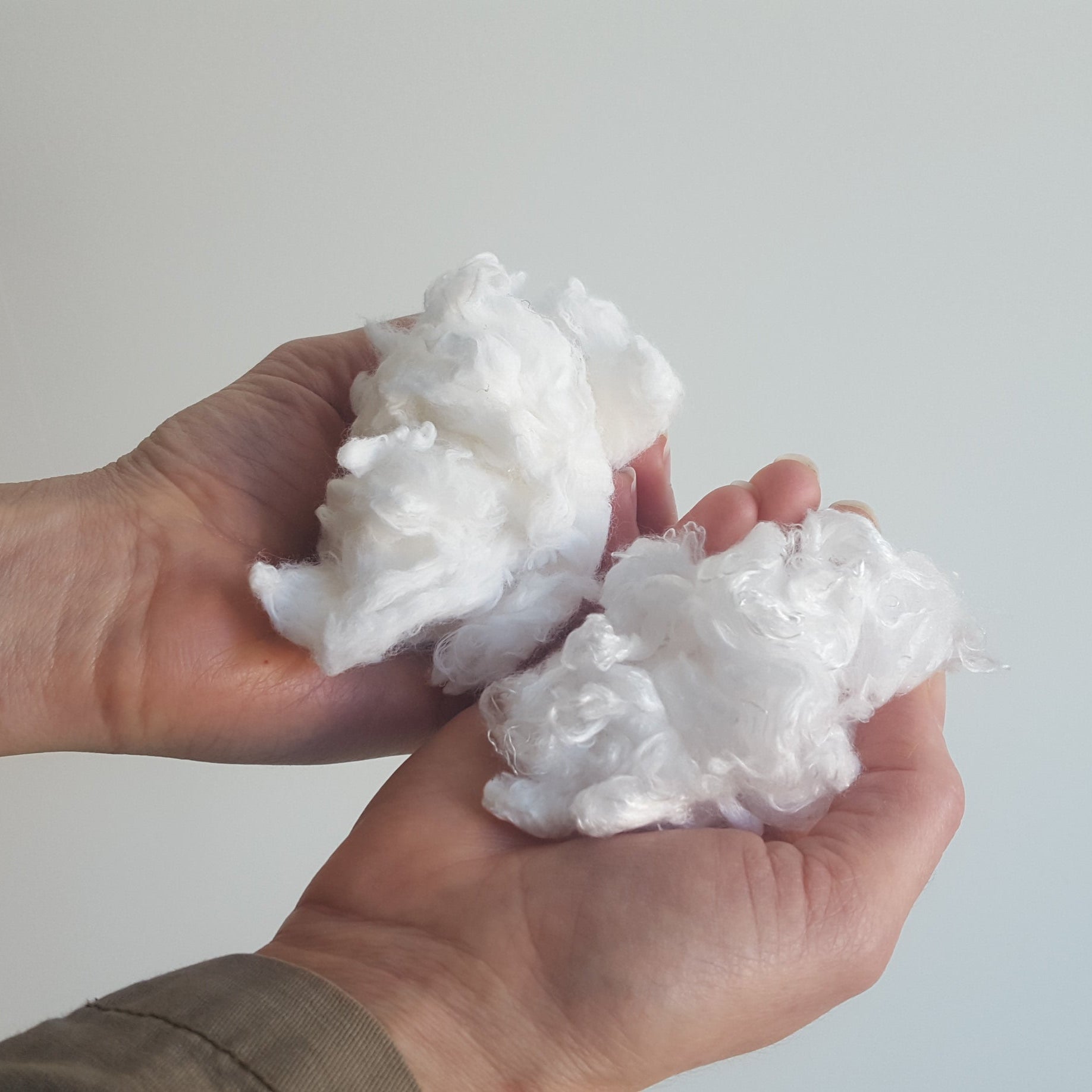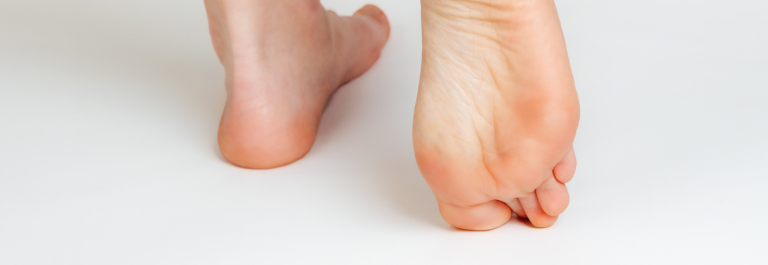Have you ever experienced itchy feet? When you removed your sock to determine the cause, were you surprised to find pus filled bumps on red, scaly patches of your foot? If so, you may have experienced pustular psoriasis, which tends to affect the skin of one's hands and feet. In this article, we will discuss:
-
What is pustular psoriasis?
-
Causes and symptoms of pustular psoriasis
-
Types of pustular psoriasis
-
Natural remedies and treatment for pustular psoriasis feet symptoms
Psoriasis on your feet can be a pain, but fear not: there is a lot you can do to remedy this condition. Read on so that you can be footloose and fancy-free in no time!
What is Pustular Psoriasis?
Pustular psoriasis is a type of psoriasis, a common autoimmune skin disease. It appears on the skin in pink or red scaly patches with white bumps filled with pus called pustules that resemble pimples. It can be itchy and sore, especially if the bumps burst. It is most common in older adults but can affect people of all ages. If you have pustular psoriasis, many treatment options exist to manage symptoms.
Causes of Pustular Psoriasis
Psoriasis is an autoimmune disease in which a person's overactive immune system attacks healthy body cells. When someone has psoriasis, their healthy skin cells divide too quickly, causing scaly patches of dead skin cells. White blood cells collect in these patches, causing the pus filled blisters associated with pustular psoriasis.
It is not known why people develop pustular psoriasis, but it is related to genetic changes in the immune system. The following conditions are thought to trigger pustular psoriasis:
-
Family history of psoriatic disease
-
Use of certain medications
-
Bacterial or viral infection
-
Pregnancy
-
Overexposure to UV light, such as light therapy
While pustular psoriasis is not contagious, it is chronic. This means that there is no cure and that it may affect someone over their lifetime. Managing this condition involves avoiding things that trigger pustular psoriasis and soothing uncomfortable symptoms during active flare-ups of the disease.
Symptoms of Pustular Psoriasis on Feet
Pustular psoriasis can affect anywhere on the body where you have skin but tends to impact the extremities, such as hands and feet. It can also commonly be found on the scalp and face. If you suspect that you have pustular psoriasis, signs to look out for are:
-
Red or pink patches of dry, scaly skin (psoriasis plaques)
-
Pus filled bumps on plaques
-
Itchiness around plaque psoriasis
-
Pain around skin plaques or pustules - especially if the pustules burst
While these symptoms may be uncomfortable, understanding what triggers pustular psoriasis helps to direct your treatment plan and avoid a flare up.
Types of Pustular Psoriasis Affecting the Feet
Two types of pustular psoriasis can affect your feet: generalized pustular psoriasis and localized pustular psoriasis. Read on to learn more about each type of pustular psoriasis.
Localized Pustular Psoriasis
Localized pustular psoriasis is the more common form of pustular psoriasis and affects smaller parts of your body. Two forms can appear on the feet:
-
Palmoplantar pustular psoriasis - inflamed skin with large white or yellow pustules that form on the soles of the feet. This is different from palmoplantar psoriasis, which refers to psoriasis affecting the hands and toes without the appearance of pustules.
-
Acrodermatitis continua of hallopeau - a rare type of pustular psoriasis with lesions affecting only the tips of the toes
Localized pustular psoriasis symptoms usually occur in cycles. Pustular bumps develop, and then these pustules dry, only to have new pustules form in their place. This may happen over a few days or weeks.
Generalized Pustular Psoriasis
Generalized pustular psoriasis (also known as von Zumbusch psoriasis) is a very rare form of pustular psoriasis that occurs through rapid growth of pustules across large swathes of the body, including on the feet. Beyond the symptoms affecting the skin, other signs that you might have generalized pustular psoriasis include:
-
Muscle weakness and fatigue
-
Fever and chills
-
Rapid pulse
-
Dehydration
Generalized pustular psoriasis can be severe and may lead to possible complications if left untreated. If you suspect you may have generalized pustular psoriasis, it's best to seek medical care immediately.
Natural Care for Pustular Psoriasis on Feet
While pustular psoriasis on your feet can cramp your style, several home remedies can relieve the itching and painful symptoms.
Use a Relieving Cream
Feet are already vulnerable to dry skin and cracking, and psoriasis's flaky skin only worsens this. Ensuring your skin stays hydrated with a rich moisturizer will prevent skin from painful cracking and reduce your chance of developing an infection. Plus, keeping skin hydrated will reduce itchiness. The Organic Manuka Skin Soothing Cream is a gentle moisturizing balm crafted to treat irritated skin. It's made with Manuka honey, known for its anti-inflammatory and anti-bacterial properties. Simply rub the cream on the affected areas to soothe inflamed skin and prevent infection. Keeping the skin moist can also help you to avoid any scarring caused by the pus filled bumps and skin lesions associated with pustular psoriasis.
Wear Soothing Socks
Once you've slathered your feet with an anti-itch soothing cream, it's time to protect them with socks specially formulated for sensitive skin. The Remedywear™ Adult TENCEL Socks are just the ticket, made with super-soft TENCEL and anti-inflammatory zinc. These breathable socks will reduce irritation and itching during a flare up. They will also help to keep the feet hydrated and eliminate cracks and blistering. Here's a tip: before bed, put a thick layer of the Organic Manuka Skin Soothing Cream on your feet and cover with the Remedywear™ socks. The following day, you'll wake up to soothed and smoothed feet!
Treatment for Pustular Psoriasis on Feet
There is no cure for pustular psoriasis, but many effective ways to manage your symptoms exist. If you feel that symptoms of pustular psoriasis negatively impact your quality of life, seek medical care. The treatment plan for pustular psoriasis is different from person to person but focuses on clearing the plaque pustules, relieving the itchiness and pain, and preventing any potential side effects. Standard courses of treatment include:
-
Coal tar or salicylic acid to manage flaky skin
-
Topical corticosteroids to reduce inflammation
-
Systemic steroids taken orally
Your medical professional will take a medical history to ensure your plan is right for you.
Soothing Relief for Pustular Psoriasis on Feet
While experiencing pustular psoriasis on your feet can be a real drag, there is toe-tally no need for concern. Follow our tips to step up how you treat your pustular psoriasis, and put your best foot forward!










